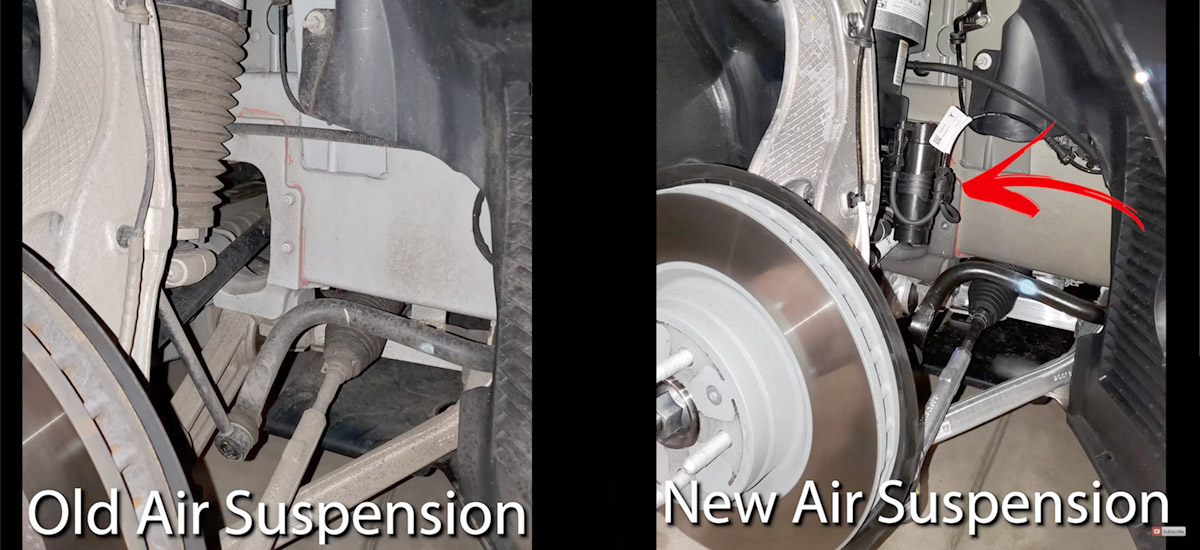
Tesla Model S and X refreshed ‘Adaptive Air Suspension’ in detail
Last month Tesla gave Model S and X an engineering refresh, code-named “Raven” — both these vehicles gained more range and smoother drive from the update — main components tweaked or updated are the Drive Units/Motors and Adaptive Air Suspension (see above picture for a visual comparison of old and new Model S Air Suspension, photo credits: DÆrik/YouTube).
Looking at the video below it is clear that the owners of older Model S and X will not be able to get a retrofit at least for the new Tesla adaptive air suspension, swapping the new efficient motors/drive units looks like a possibility if needed.
The new adaptive air suspension now comes out of the box for all variants of the Tesla Model S and Model X even for the Standard Range versions available for $75,000 and $81,000 respectively.
Let’s explore what has changed on the Software and Hardware sides one by one with the information currently available.
Software/Interface Updates
With the launch of the new adaptive air suspension, Tesla has also updated the options interface for the new version (see comparison screenshots below) — in the older version of the software/interface the driver was able to set ‘Automatic Lowering‘ based on defined speeds, this option has been removed altogether.
The new option is called ‘Suspension Lowering’ for which you can select one of three modes ‘Never‘, ‘Always‘, and ‘Highway‘ — depending on the selected mode the car’s software will automatically determine the speeds and the amount of suspension lowering needed, no more manual thresholds.
A new option ‘Adaptive Suspension Damping’ has also appeared in the new Model S and X center screen’s suspension interface which lets you select one of two damping modes ‘Standard‘ and ‘Sport‘, according to David and Eric the Standard mode is softer while the Sport mode feels a bit firmer/bumpier (scroll down for test video).
The latest Tesla Model S owner’s manual describes the new adaptive air suspension damping as:
ADAPTIVE SUSPENSION DAMPING: Choose from STANDARD or SPORT to adjust the feel of the suspension system. STANDARD provides a softer and more fluid ride whereas SPORT provides a firmer, more controlled ride that increases driver engagement and connection to the road.
The new Tesla Model S in this video is installed with an older firmware (2019.7.106), the suspension settings might further be tweaked when the 2019.16 update is deployed to these new models.
Hardware Changes/Updates
To carry out a physical comparison, team DÆrik removed a wheel from each of the old and the new Tesla Model S and took a few pictures, there are certain hardware changes, the shock absorbers are newly designed and there are additional unknown components installed, new sensors are also found on the inside.
Tesla has officially recognized some changes in a blog post announcing new changes last month:
Fully Adaptive Suspension
We’ve also upgraded our air suspension system for Model S and Model X with fully-adaptive damping, giving it an ultra-cushioned feel when cruising on the highway or using Autopilot, and a responsive, exhilarating confidence during dynamic driving. Unlike other manufacturers, our suspension software is developed completely in-house, using a predictive model to anticipate how the damping will need to be adjusted based on the road, speed, and other vehicle and driver inputs. The system constantly adapts by sensing the road and adjusting for driver behavior, automatically softening for more pronounced road inputs and firming for aggressive driving. We’ve also improved the leveling of the system while cruising, keeping the car low to optimize aerodynamic drag. As with all of Tesla’s in-house software, the adaptive suspension can receive over-the-air updates, allowing us to enable all Model S and Model X customers to have the most advanced suspension technology at all times.Constant Refinement
To complement these changes, we’ve also re-engineered several other components of Model S and Model X in keeping with our philosophy of continuous improvement. These updates include new wheel bearings and a few new tire designs for certain variants to improve range, ride, and steering. While these changes may seem minor, together they have a meaningful impact when it comes to EV design.
Let’s look at some comparison photos and then the testing video to find more about the new Adaptive Air Suspension for Tesla Model S and Model X.
Results
Although there are very interesting comparisons to look at in the video, the best is when the testing team used a vibration meter to check for the level of vibration in 3 different modes — old Model S Air Suspension vs. New Model S in Sport vs. New Model S in Standard mode.
Looking at the following graph put together by DÆrik, the New Model S Air Suspension in Standard Mode is winner when it comes to ride comfort although the new Model S used in this test had 21″ wheels in contrast with the old Model S having 19″ wheels that give more cushion to the vehicle’s suspension/damping setup.
Video: Tesla’s Newest Model S: The Raven! Testing Adaptive Suspension!
Related:
- Tesla Model S and X get extra range, $20k Ludicrous Mode is now ‘Free’, more updates
- First-look at the new Driving Visualizations in Tesla 2019.16.1 update
- Tesla Model S P100D vs. Dodge Demon in an epic 1/4 mile drag race battle
- Tesla owner walks out almost ‘unscathed’ in a severe Tesla Model S crash
- Tesla increases the power behind the Model S/X center screen with new MCU
- Over 900 km (560 mi) of Hypermiling on a single charge in a Tesla Model S



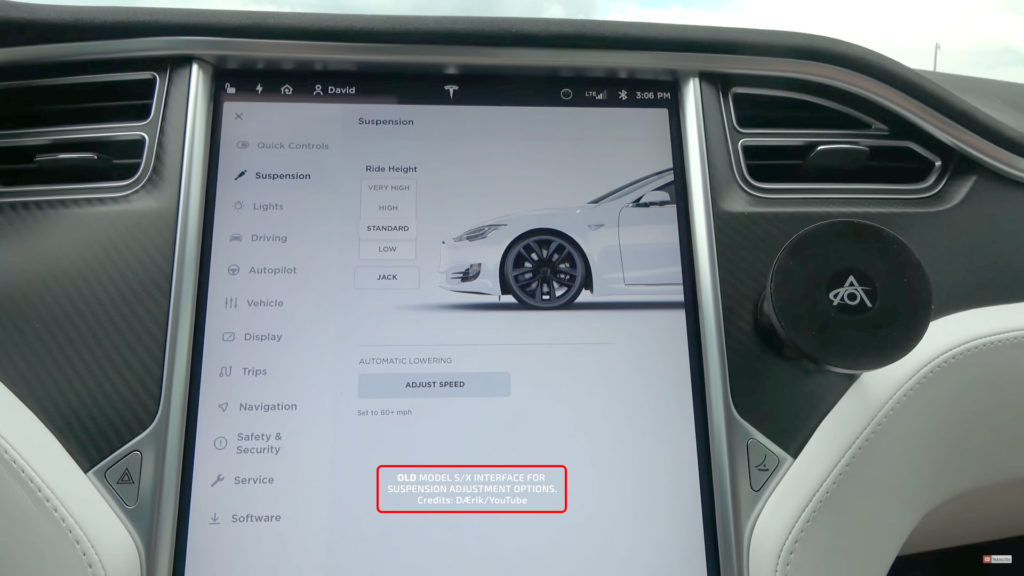
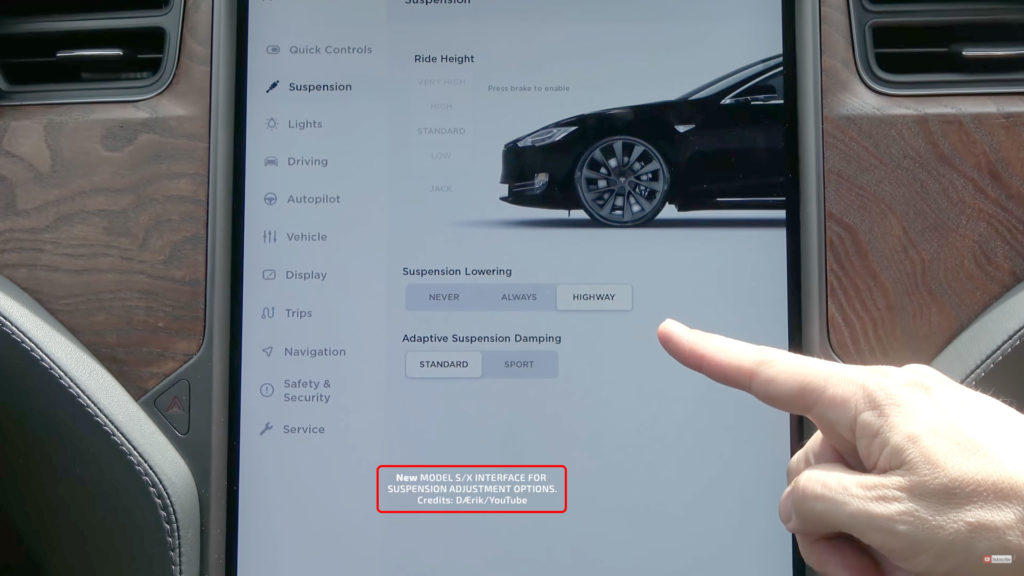

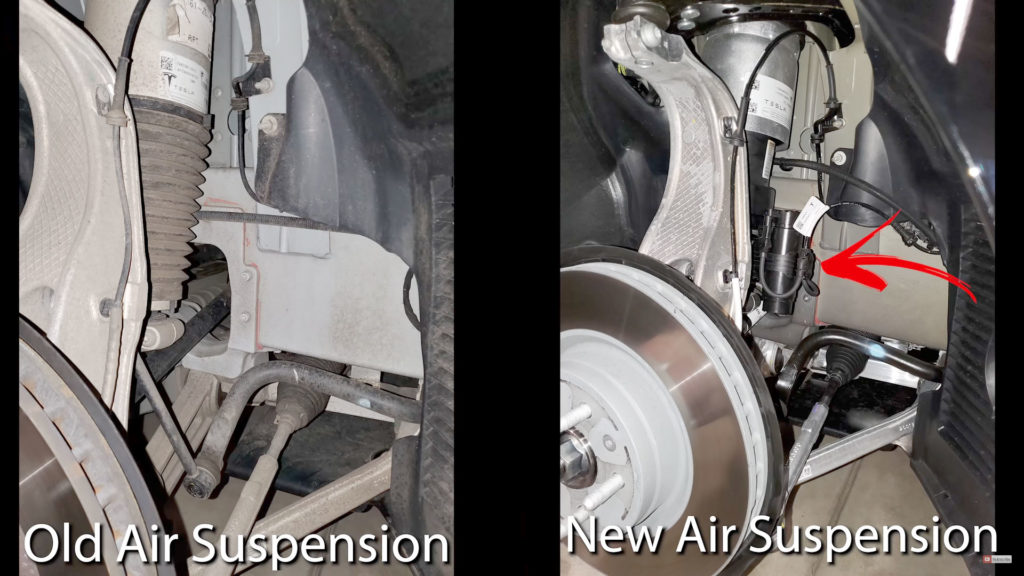
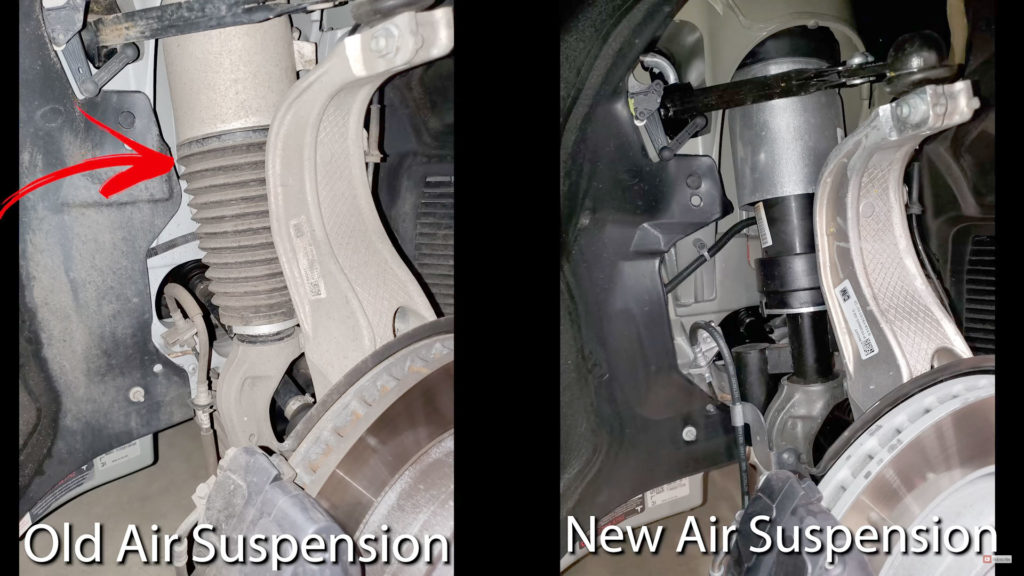
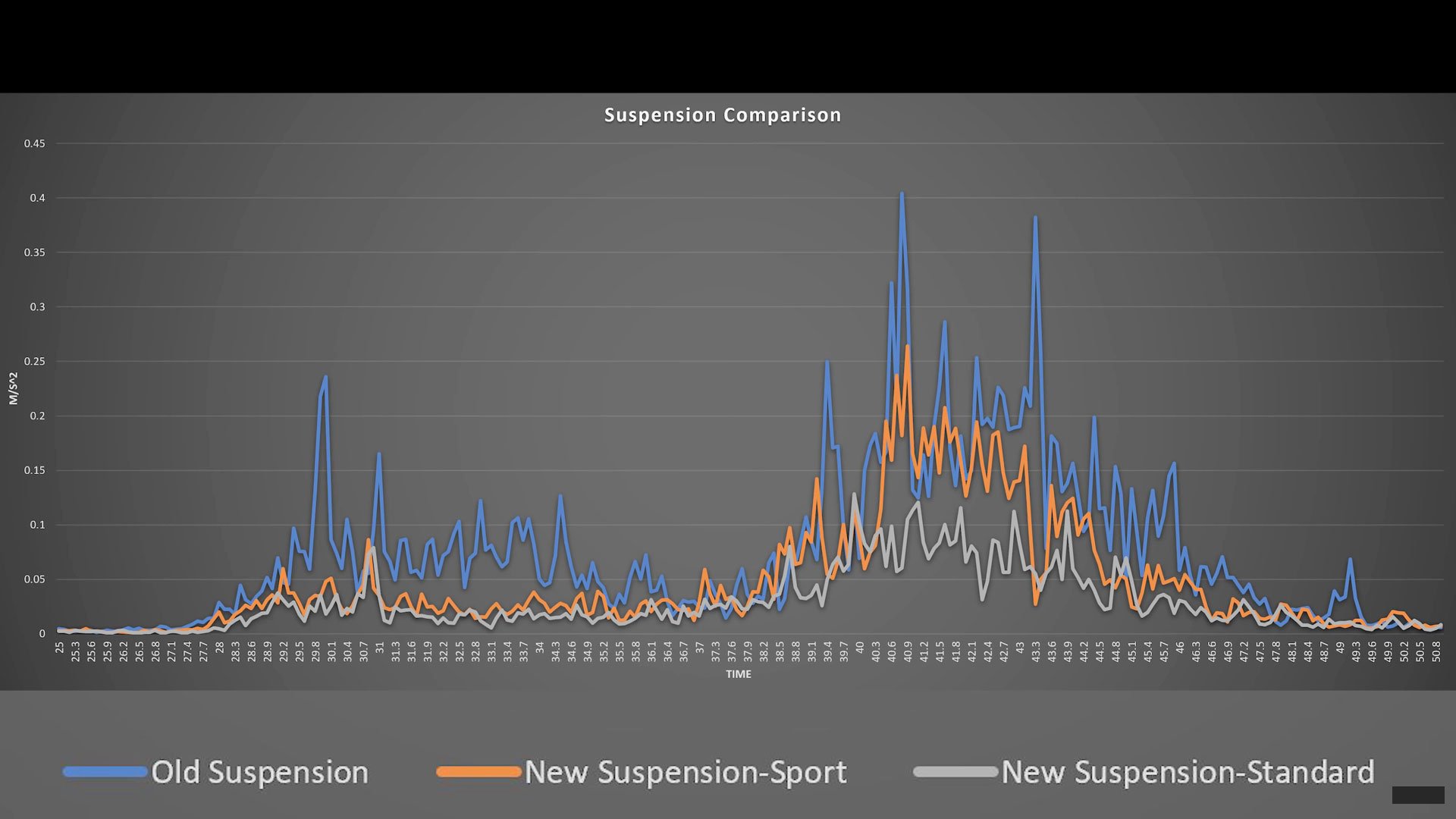

No Comments